Graeme Downie, Labour MP for Dunfermline and Dollar, recently raised a question regarding the financial burden of maintaining decommissioned nuclear submarines at two key UK facilities: Rosyth and Devonport. Specifically, he inquired about the annual costs associated with these sites.
In response, Defence Minister Maria Eagle provided the figures for the financial year 2023-24, explaining that “the annual cost for maintaining decommissioned submarines varies each year depending on the respective maintenance requirements.”
For the last financial year, £1.7 million was spent at Rosyth, while the maintenance costs at Devonport were significantly higher, totalling £7.1 million.
These figures highlight the ongoing financial commitment required to manage the UK’s decommissioned nuclear submarines, a task dependent on the maintenance needs of each vessel and the infrastructure of the respective facilities.
Additionally, during a recent exchange in the House of Lords, Lord Coaker expressed the urgency for the UK to expedite its nuclear submarine dismantling programme, addressing the slow progress in decommissioning and dismantling outdated submarines.
Responding to a question from Baroness Bryan of Partick, he outlined the current challenges and ongoing efforts to dismantle the aging fleet, currently spread across Scotland and Devonport, and acknowledged that, without significant changes, the timeline could stretch into decades.
Baroness Bryan highlighted widespread concerns, pointing out that many submarines have been out of service for years or even decades without being dismantled. She cited, for example, the case of a Dreadnought-class submarine stationed at Rosyth since 1980, a delay emblematic of the broader issue. “There remains real concern that not one of these submarines has yet been dismantled,” she noted, adding that with the rate of dismantling, “it will take decades to dismantle the boats remaining in both Scotland and Devonport.”
In response, Lord Coaker reiterated the government’s commitment to speeding up the dismantling process, emphasising that HMS Swiftsure, now in dry dock at Rosyth, is the first decommissioned nuclear submarine undergoing full dismantling as a demonstrator. This project, he noted, is critical in refining techniques for safely dismantling other vessels. “Swiftsure is now in dry dock. That will be fully dismantled by the end of 2026,” he explained, underscoring the commitment to completing this initial phase on schedule.
He added that dismantling Swiftsure is expected to generate a template for future dismantling, providing valuable lessons on the intricate processes involved. “The whole point of Swiftsure is that it acts as a demonstrator project so that we can learn from how that was done — what worked and what perhaps could have been improved — and then apply that to all the other submarines that have been decommissioned,” he explained.
The Minister acknowledged the scale of the challenge, noting that, beyond Swiftsure, there are currently seven decommissioned and defueled submarines stationed at Rosyth and an additional 15 at Devonport, four of which have also been defueled. “We need to speed up the process,” he stated, signalling that the government is exploring “every way in which we can do that.”
Addressing further questions from Lord Trefgarne, Lord Coaker elaborated on the new class of submarines that will eventually replace the decommissioned vessels, mentioning the ongoing construction of Astute-class submarines, with seven ordered and six already in the water.
The successor to the Vanguard class, which forms the basis of the UK’s nuclear deterrent, is expected to enter service by the early 2030s. “We are making considerable progress,” he assured, though he acknowledged that the demands of dismantling and maintaining current submarines could extend patrol periods for crews, an issue the government is addressing to support personnel welfare.
Concerns around safety were also raised by Baroness Smith of Newnham, who questioned the security and maintenance of these decommissioned submarines. Lord Coaker responded with assurances that “we are looking to accelerate the dismantling programme,” while ensuring strict adherence to safety protocols. He encouraged peers to bring any unaddressed freedom of information requests on the subject directly to him, pledging prompt responses.
The dismantling process also hinges on finding a suitable disposal site for nuclear waste, a point raised by Lord Fox. While Lord Coaker could not confirm whether this process would require new legislation, he pledged to investigate further, stating, “I may need to write to the noble Lord… but I do not want to get the planning process wrong or give the wrong answer on whether primary or secondary legislation is needed.”
As the discussion progressed, Baroness Goldie raised a 2021 government update that set a target for recycling 90% of materials from decommissioned submarines, a goal Lord Coaker confirmed remains in place. He highlighted that the dismantling of Swiftsure aligns with this recycling target, stating, “We expect 90% of that to be recycled.”
Throughout the debate, Lord Coaker underscored the government’s commitment to maintaining the UK’s continuous at-sea deterrent, particularly in the face of perceived threats from Russian submarine activity in the Atlantic. He reaffirmed the strategic importance of the deterrent, stressing that it has remained a “crucial part of our defence of our democracy, of our freedom and against Russian aggression.” He assured the Lords that “our adversaries should know that, 24 hours a day, seven days a week and 365 days a year, our at-sea deterrent will continue for as long as is necessary.”


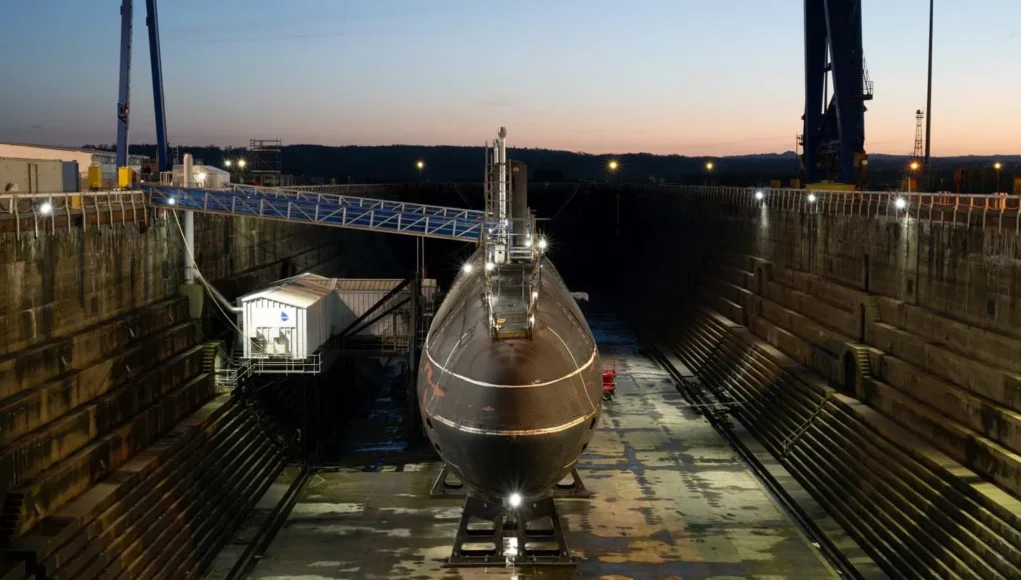
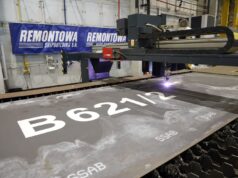




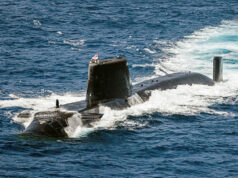

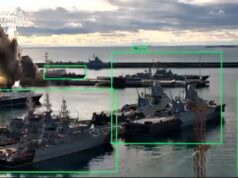
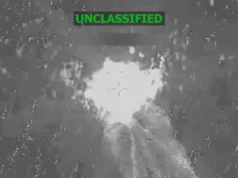


Typical attitudes to the military as a whole.
“It’s a problem for later”
Next thing you know you’re severely incapable, swamped with obsolete platforms and still need to figure out what to do with even further obsolete platforms that you should’ve properly got rid of or at least maintained if it was held in reserve in the case of a large conflict.
That’s progressive governments for you, it’s always someone else’s problem
Problem is that nothing has been done for certainly the last 14 years. Decisions and costs have repeatedly been kicked into the long grass by the last lot in power. Here is another black hole for the incoming government to fix, alas one that will surely knock a hole in the defence budget.
Nothing has been done since 1980!!!!!!!
You are quite right Mike, my memory only goes as far back as the Swiftsures.. I can understand that the boffins were scratching their heads in the early days trying to figure out politically-acceptable ways to store nuclear waste from the reactors, which was a real hot potato back then with the public.
You are right though, both governing parties have dodged the issue for years, better to do nothing, not wind up the voters and save the money!
The chickens have come home to roost of course, at least HMG is finally grasping the nettle.
.
So we have at present about 22 nuclear submarines laid up, so it’ll take about 44 years before the present laid up fleet is dismantled. Then we have the next batch of nuclear Submarines, which are due to go out of service .. perhaps UK govt needs to up their game somewhat …..
And the GMB are raising the prospects of cutes to Sellafield, which just keeps growing with waste.
Speaking to a supervisor, he is given a bonus if signs a contract for unsocial hours… £38,000.
That is not his unsocial hours pay, that is a thank you for agreeing to work them. Ludicrous amounts are spent at Sellafield with skilled electricians in the £100K+ bracket.
It’s shocking that 77 after the UKs 1st Nuclear reactor went critical we still haven’t prioritised a Nuclear Waste repository. It’s not as if the provision of one is that expensive or the technology isn’t available. Finland has been busily theirs at Onkalo for 20 years, will be in operations in 2026 and cost €1 billion. No messing around just got on with it.
One thing why are questions like this not being asked in the Commons
A leak of nuclear fuel is probably imminent. Not good is it, wonder if anyone really cares though?